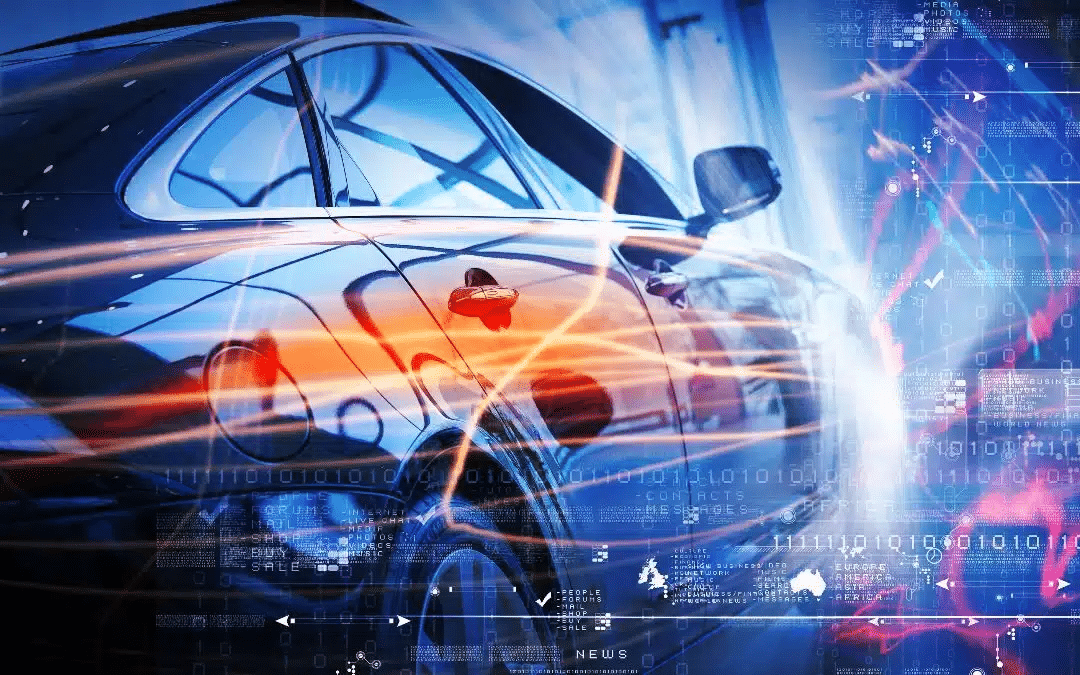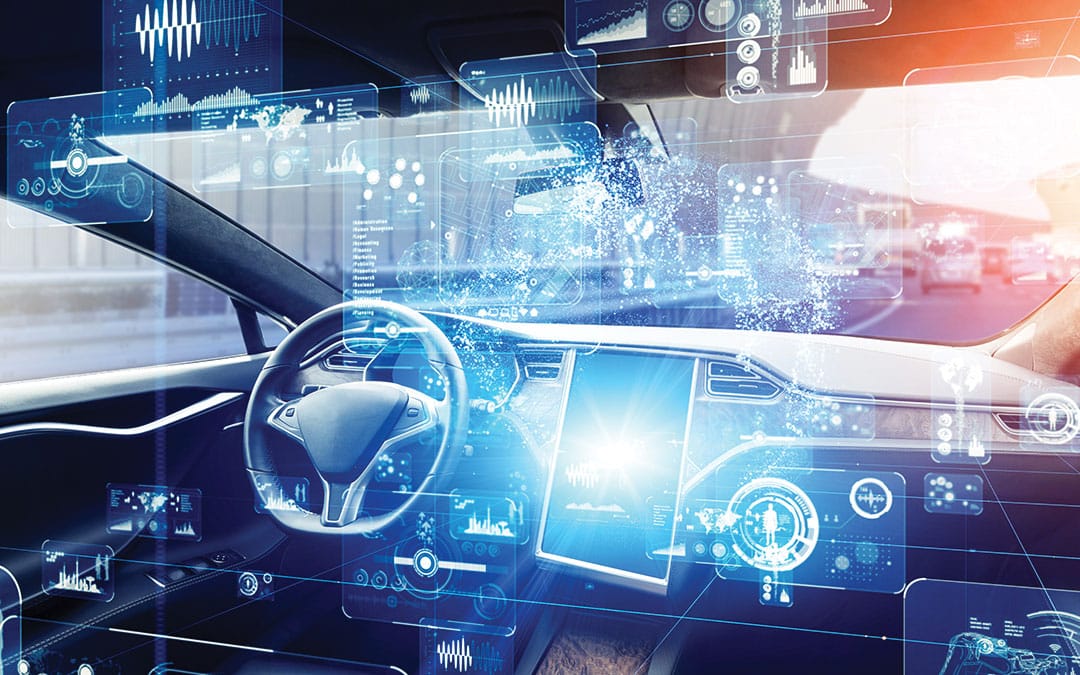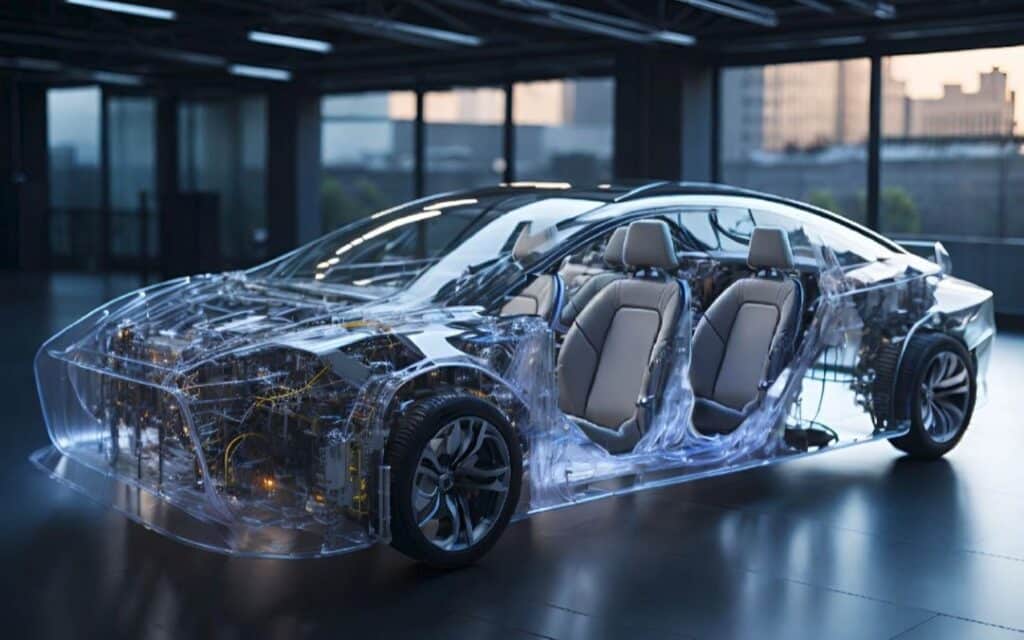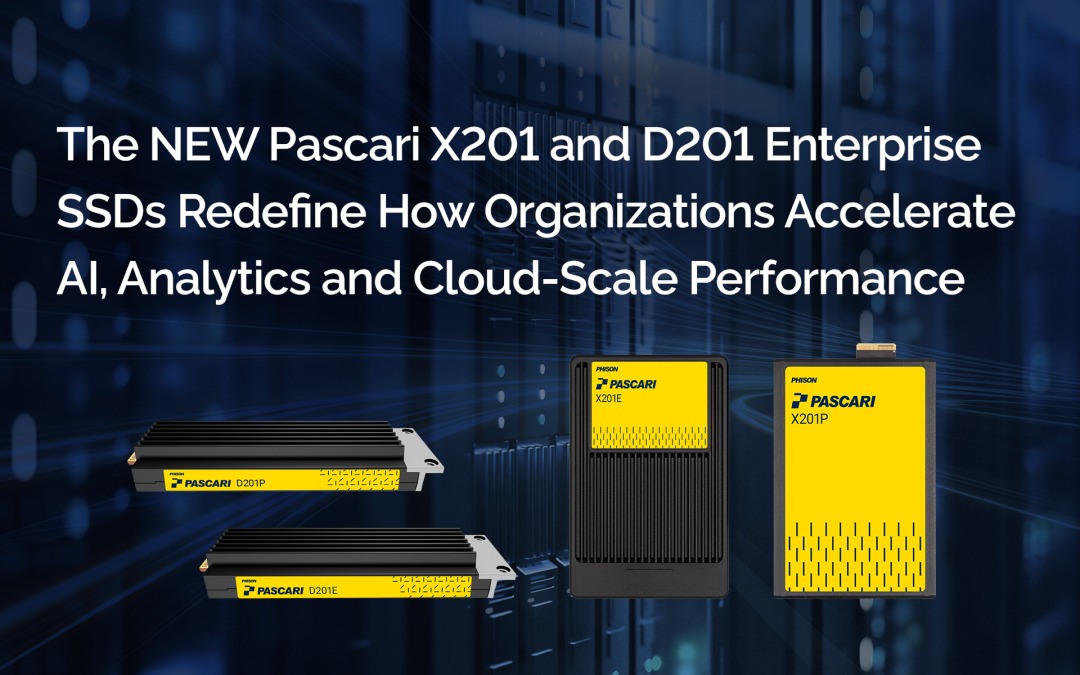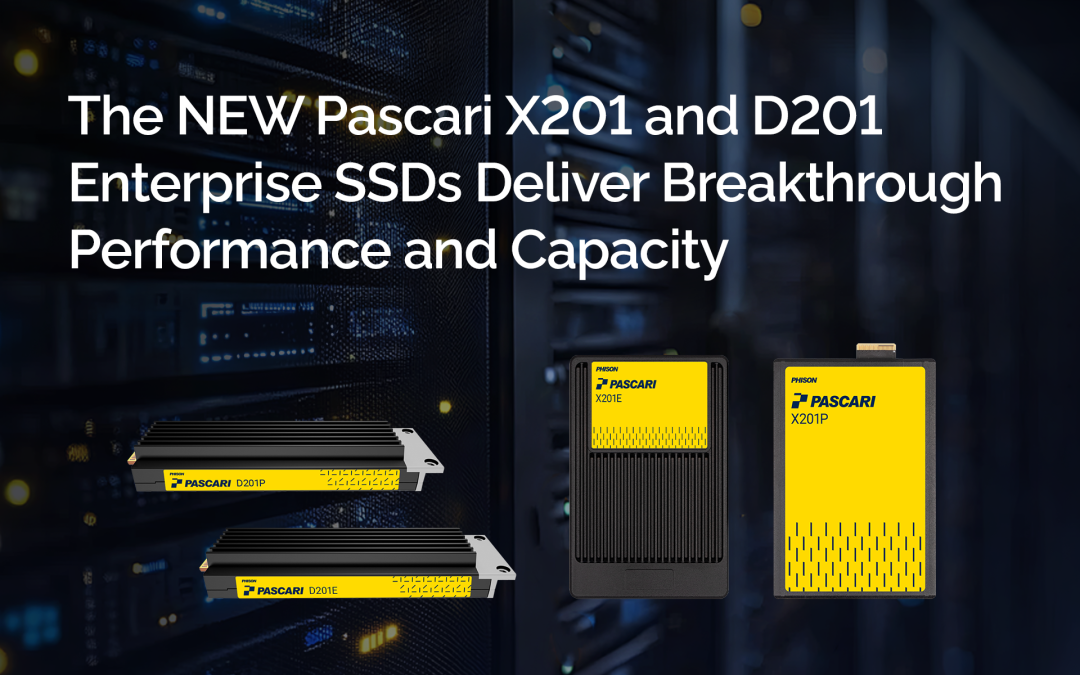As digital technologies such as artificial intelligence (AI), machine learning, telematics and data analytics mature, they are making a huge impact on automobiles and the way we drive. While the topic of fully autonomous vehicles is getting a lot of buzz lately, it’s clear that autonomous technology is still quite new and hasn’t reached its full potential. Meanwhile, the automotive industry has been very busy making today’s vehicles and roadways safer than ever before.
The features and capabilities that increase driving safety rely heavily on big data. Let’s take a quick look at some of the ways that data is collected.
Connected cars and roadways and the data they collect
In a connected car, data is collected in a number of ways:
On-board vehicle data
Most of today’s automobiles have on-board data platforms that are made up of dozens to hundreds of sensors and other monitoring devices that all communicate through a controller area network, or CAN. This information is used to control and vehicle and is mostly technical, such as the status of the engine, battery charge, fluid levels, tire pressure and so on.
Sensor data
In-vehicle sensors, which can sometimes be equipped close to the vehicle’s body surface, come in several different types:
-
-
- Camera – includes backup cameras as well as 360-degree cameras that give drivers a view of outside conditions and advanced driver-assistance system (ADAS) functions.
- Radar – these sensors use radio waves to gather information. They are used in many collision avoidance systems, parking assistance, distance control and more.
- Lidar – standing for “light detection and ranging,” lidar uses pulses from lasers to create a comprehensive model of a vehicle’s environment. It’s used to help autonomous vehicles “see” other objects.
- Ultrasonic – Ultrasonic sensors mimic echolocation used by bats, transmitting high-frequency sound waves to gauge the distance between objects within close range. These sensors, part of the Advanced Driver Assistance Systems (ADAS), have been primarily used for parking guidance and blind spot detection.
-
Besides cars, roadways and other infrastructure can also generate, collect and share data. These include:
Automotive data platforms
A rich source of safety data, these platforms aggregate data from millions of cars and can deliver insights into optimizing routes, improving traffic management, determining ETA times, detecting open parking spots and so on. This available vehicle data is “gold” for OEMs, suppliers, insurers, mobility providers, fleet owners and much more. According to Counterpoint Research, this connected car data presents the opportunity to monetize the data through different business models. The vehicle data can be used to elevate the consumer experience, offer new services or improve the vehicle’s performance. The various applications of car data include:
-
-
- Usage-based insurance
- Predictive maintenance
- OTA updates/upgrades
- Fleet management
- Traffic management
- Roadside assistance
- In-car advertisements
- In-car payments
-
Roadway infrastructure sensors and edge computing
Along many roadways there are collections of sophisticated equipment that monitors and measures many different factors. On a highway, for instance, there might be sensors that detect traffic volume by time of day. At a city intersection there could be smart traffic lights with sensors and cameras to gather data about pedestrian and vehicle traffic or identify times or conditions when bottlenecks occur. With edge computing, these sensors and other systems can not only collect data but also process it and make decisions based on preset parameters. For instance, during rush hours, the frequency of red lights could increase while the duration of each light decreases to eliminate excessive wait times and keep traffic flowing.
To make driving safer, it’s important that all of these sensors and other monitoring devices communicate with each other. In many cases, vehicle data is transmitted to external locations for processing and aggregation with data from roadway infrastructure. The infrastructure uses vehicle data and vice versa. As technologies evolve, this communication will only be extended and made more ubiquitous.
The following are three important ways all of this data has made driving safer.
1) Make roadway infrastructure more intelligent
As mentioned above, data can inform decisions that lead to smarter and more effective traffic lights, electronic stop signs, pedestrian cross-walks, railway crossings, bus stops and even bike lanes. Not only can this information make peak driving times safer and reduce gridlock, it can also identify areas of the city or countryside where accidents are common or where a majority of drivers have to brake very hard, for instance. Having this information can help government decision makers enact laws, place signage or take other measures to reduce the likelihood of accidents or other problems.
With a connected vehicle, drivers could receive automatic alerts from a highway system in real time on their in-vehicle dashboards about an accident or major slowdown on their route. Roadway infrastructure can also gather data from connected vehicles to form an intelligent accounting of how busy the roadway is or how many vehicles have solo drivers.
Intelligent roadway infrastructure can track the speed, direction, location and more about each vehicle on that road to form a detailed view of traffic flow, road conditions, accident hotspots and how drivers typically react to these factors. In an area with a high percentage of accidents, city officials can look at the data to determine the root causes of the accidents and take measures to make that stretch of road safer.
2) Monitor and influence driver behavior
Many of today’s vehicles have a wealth of safety features that assist drivers and promote safe driving. These include backup cameras, automatic brakes, alerts for veering out of a lane, proximity warnings as cars approach from behind, blind spot monitors and more. Some cars equipped with Driver Monitoring Systems (DMS) can even detect when a driver falls asleep and will sound an alert to wake them up. Other vehicles can detect road conditions, such as ice or snow, and automatically adjust traction control or turn on automatic lane changing when visibility is low. All of these features help drivers operate their vehicles more safely and can significantly reduce accidents and injuries.
Insurance companies are using in-vehicle sensors and devices to measure and track driving behaviors such as hard braking or excessive speeding. The data is transmitted directly to the insurance company, which then alters its coverage pricing for riskier drivers. Commercial fleet managers also typically monitor their drivers’ behavior and can receive alerts if someone is speeding or driving erratically.
By collecting sensor and other monitor data and analyzing it, car manufacturers can significantly increase the safety of driving.
3) Help reduce or prevent breakdowns with predictive maintenance
Car trouble can be very dangerous—not only for the driver of the malfunctioning vehicle but for other drivers around them. Reducing the likelihood of breakdowns or preventing them altogether can help increase safety on the road. Data can help drivers achieve this with predictive maintenance.
With so many sensors already installed throughout the vehicle, a specialized system can detect potential malfunctions or part failures and alert drivers to them. For instance, an in-vehicle system can monitor battery charge and notify drivers when the charge is dangerously low. Tire pressure or wear is another easily measured parameter that can be fixed quickly to head off any future problems.
Knowing in advance that a part is going to fail can save lives. With predictive maintenance, drivers can eliminate many types of sudden breakdown and avoid being stranded on the road. It also helps save drivers money when they can take care of an issues before it causes a major problem.
A good example of predictive maintenance comes from Toyota, whose vehicles come with a built-in, comprehensive monitoring platform. When a car’s battery voltage declines past a certain point, an automatic message is sent to the driver’s local Toyota dealership, who can then contact the driver and schedule a replacement before the battery dies completely.
Choose Phison SSDs for reliable automotive data storage
With so much data being collected and analyzed by vehicles, roadway infrastructure and more, it’s important to get the right solution to store that data and ensure that it’s available when it’s needed. NAND flash storage is ideal for this type of data storage because it is easily scalable, very reliable and offers the performance these systems need to keep data flowing.
As an industry leader in SSD controllers and modules and NAND flash storage, Phison understands the intensive and often complex needs of automotive data systems. The company brings more than 20 years of NAND flash storage experience to the automotive industry and is a world-leading, trusted OEM partner.
Phison offers a wide range of robust automotive-grade ASIC and reliable NAND flash memory storage solutions for any modern vehicle. Phison SSDs deliver the high performance and low latency these mobile data centers need.
Additional Articles Automotive Articles




